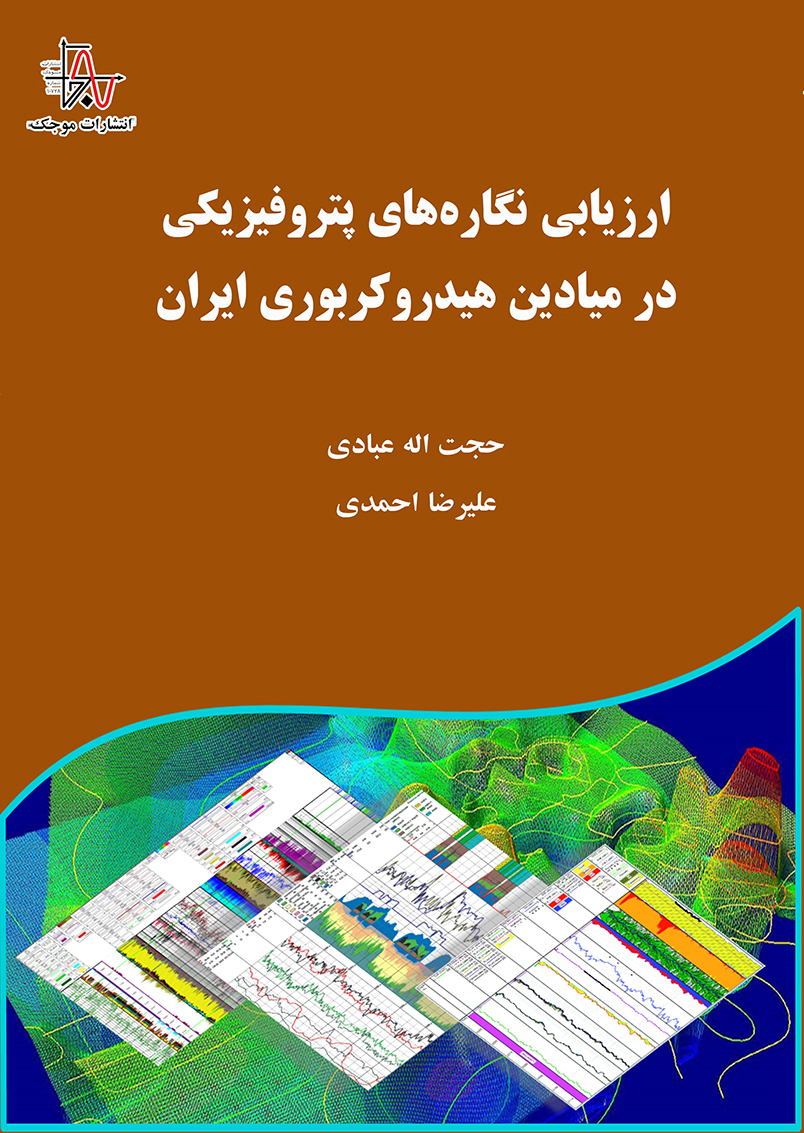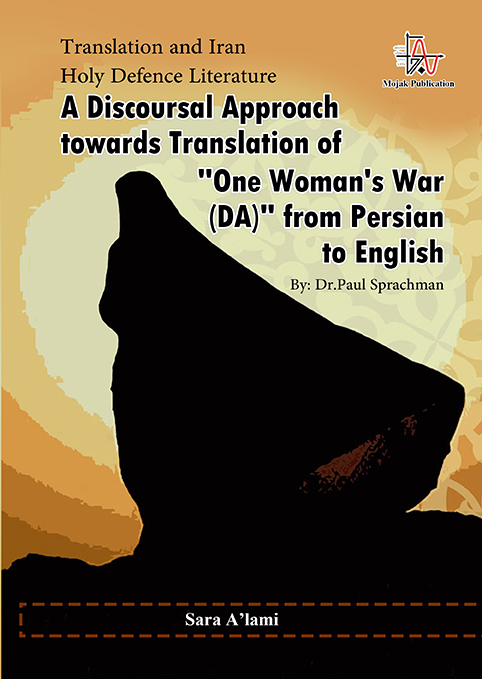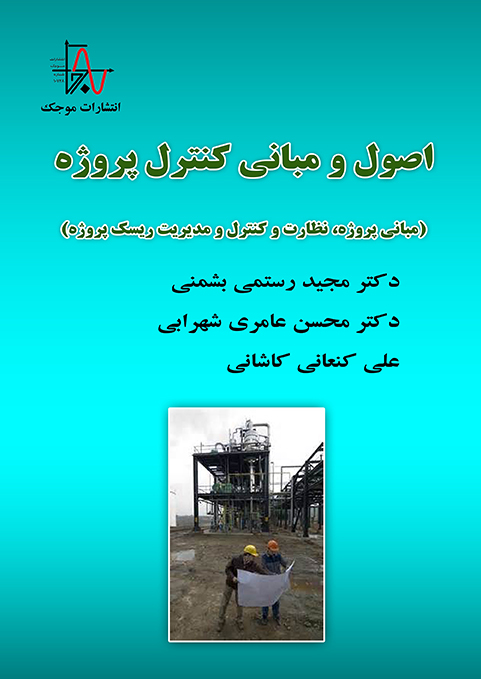ناشر : انتشارات موجک (ناشر دانشگاهی)
کد کتاب : M803
عنوان : ارزیابی نگارههای پتروفیزیکی در میادین هیدروکربوری ایران
تالیف : حجت اله عبادی، علیرضا احمدی
مشخصات ظاهری : ۱۸۰ صفحه، قطع وزیری
چاپ اول : تابستان ۱۴۰۱، تيراژ : ۵۰۰ جلد
قيمت : ۲۵۹۰۰۰۰ ريال، شابک : ۳-۴۷۴-۹۹۴-۶۰۰-۹۷۸
حقوق چاپ و نشر برای ناشر محفوظ است.
————————————————————————————————————————————————————————————————————————–






نقد و بررسیها
هیچ دیدگاهی برای این محصول نوشته نشده است.